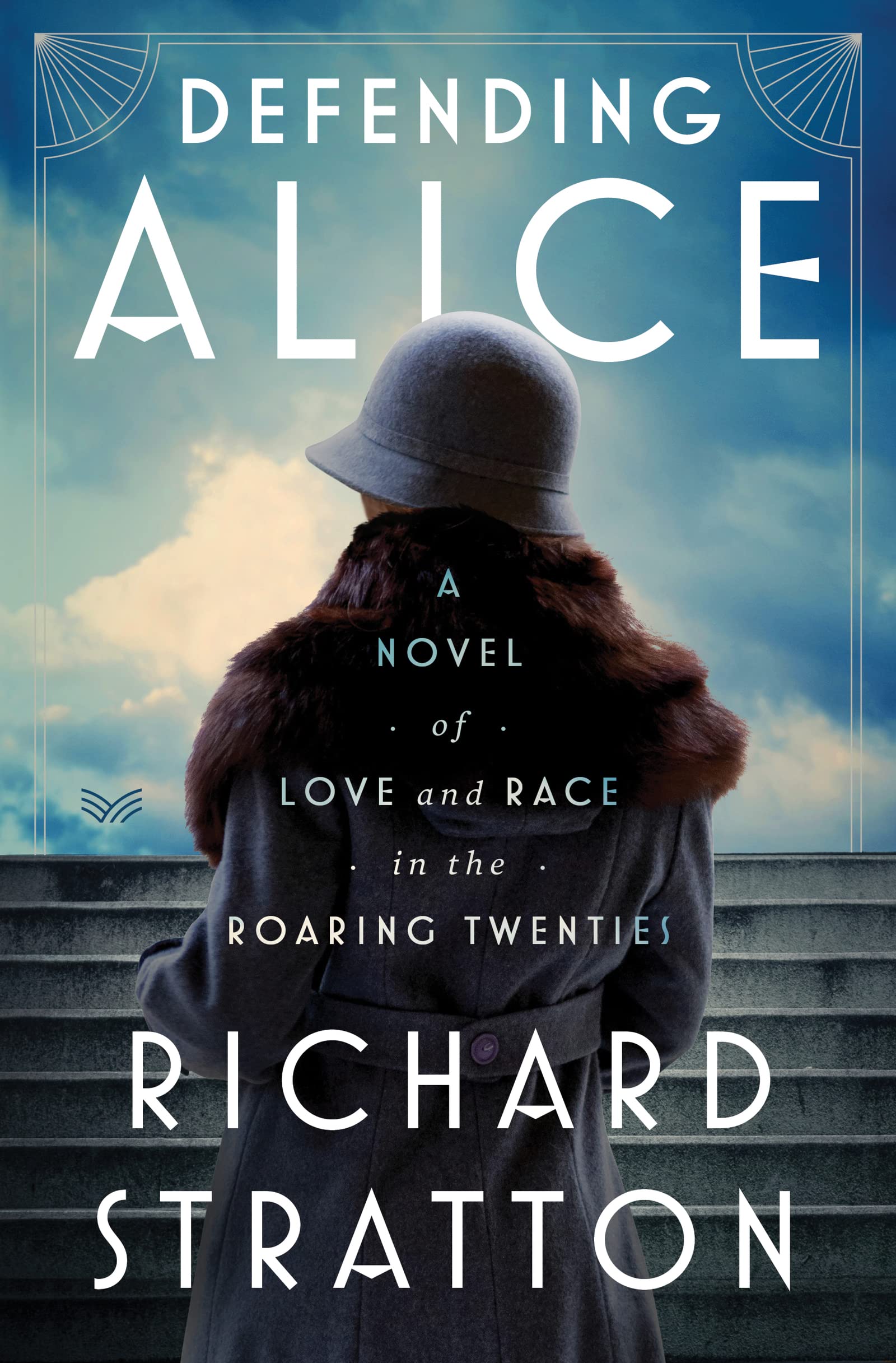Reading this book was a trial, both literally and metaphorically. Most of the over five hundred pages were a detailed account of a real divorce trial from the 1920s when Leonard Rhinelander attempted to divorce his wife Alice because she was of mixed race. I went into the book expecting an examination of American (and specifically New York) society at the time and perhaps some exhilarating courtroom spectacle.
The author did try to provide both. Neither was what I found in the book, though. Instead, I found a slog that was much longer than it needed to be, full of meandering soliloquies (both verbal and mental), exposition, and moments that were uncomfortable to read a century after this trial. Without the court transcript handy, it’s impossible to say how accurate Defending Alice is to the actual trial, but even if it were true word-for-word, somehow down to the characters’ very thoughts, today’s readers ought to be kept in mind by a writer. If it were word-for-word accurate, it ought to be nonfiction rather than a novel.
Stratton made an ambitious attempt with this book, but in the end, it fell far short of what I had expected or wished for.

